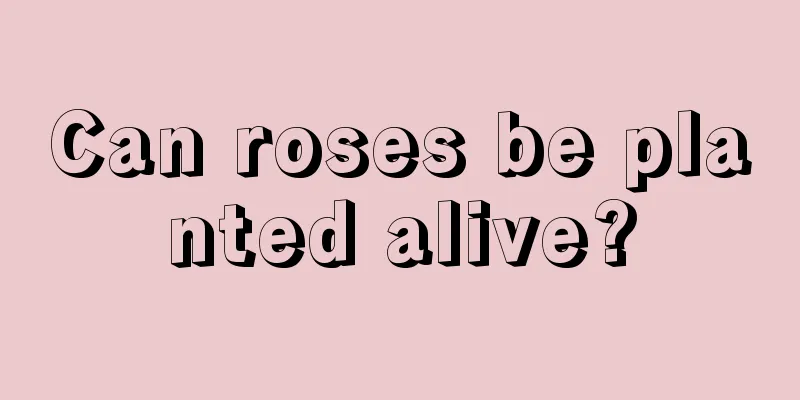Flowers can’t survive in winter, 90% of the time it’s because of watering incorrectly

How often should you water your plants in winter?There is a huge difference in flower cultivation between the north and the south, and they need to be treated differently. In the north, there is generally heating in the rooms, the temperature is relatively high, and many plants are in a growing state. In the south, the humidity is high and the weather is cold, so most plants enter a dormant state. How should we water in these two situations? 1. Flower lovers in the north: Since the air in a heated room is relatively dry and the water evaporates quickly, flower lovers need to consider two issues when watering the flowers: The first type is large potted plants, such as Areca palm, rubber tree, and peace elm, etc. The soil is relatively deep, and the plants can recover quickly after lack of water. However, once there is water accumulation in the pot, it can easily cause root rot. Therefore, the amount of watering for large potted plants must be small, and you just need to pay more attention to spraying water on the leaves. The second type is the small potted plants we often grow, such as spider plants, green radish, and evergreens. The flower pots are small and the water evaporates quickly. Once they are short of water, they are prone to drought. These small potted plants require us to always pay attention to the dryness and wetness of the soil in the pots, and replenish water immediately if we find lack of water. 2. Flower lovers in the south The winter in the south is relatively damp and cold, and plant growth almost stagnates, so flower lovers must control their hands, especially for large potted plants. It doesn’t matter if you don’t water them for a month, but they should be kept dry and not wet. When to water?In winter, the temperature is lower in the morning and evening, and the root activity is weak, so the best time to water is noon. At this time, the root activity is more active, and the water is absorbed quickly, and the root system will not be damaged due to the water temperature being too low. Nowadays, most families use tap water to grow flowers. Before watering, you can dry the water on the balcony for two days to remove chlorine. It can also make the water temperature close to room temperature to reduce stimulation to the root system. Watering pointsWhen watering in winter, you should pay special attention to the following points: 1. Avoid getting plants soaked in the water. For plants like African violets, the flowers and leaves are prone to rot after being soaked. 2. For orchid and arrowroot plants, you can spray water frequently to increase the air humidity; 3. If you find water accumulation in the potting soil, immediately move the plant out of the pot with the soil, place it in a cool and ventilated place for a few days, and then put it back in the pot after 3 to 5 days. Flower lovers, have you learned how to water your flowers in winter? |
<<: How to prune chrysanthemums
>>: How to propagate blue chrysanthemum by cuttings
Recommend
When is the best time to plant sage?
Sage planting time The suitable time for sowing s...
How to keep carrot seeds? Where do the seeds come from?
How to save carrot seeds Carrot is also called re...
The efficacy and function of octagonal lotus
1. Relieve constipation Star anise lotus can effe...
Lily Bamboo Cultivation Methods and Precautions
1. Breeding methods 1. Sunlight: It likes sunligh...
How to repot lotus
Repotting method Most families grow water lilies ...
Amaryllis cultivation techniques and precautions
Amaryllis is a bulbous flower with large, colorfu...
How to grow primroses on the balcony and what to pay attention to
1. Lighting Primroses love light and need good li...
How to deal with a withered peace tree
1. Leaves dry up If only the leaves of the peace ...
How many pounds of oil beans are produced per mu? What is the highest yield per mu?
Oil bean yield per mu The yield of different vari...
How to breed Rhinoceros horn
1. Maintenance methods 1. Temperature: It will gr...
Why is mint shedding leaves?
1. The temperature is too high 1. Reason: Mint do...
What kind of trees are taboo to plant in the courtyard
1. Cypress Cypress is evergreen all year round, a...
How to treat the black stems of green radish
1. Raise the temperature 1. Reason: The green ivy...
Taboos for growing Bauhinia in winter
Don't water too much The newly planted Bauhin...
Why do the leaves of the pitcher plant turn black?
The reason why leaves turn black As long as you p...









